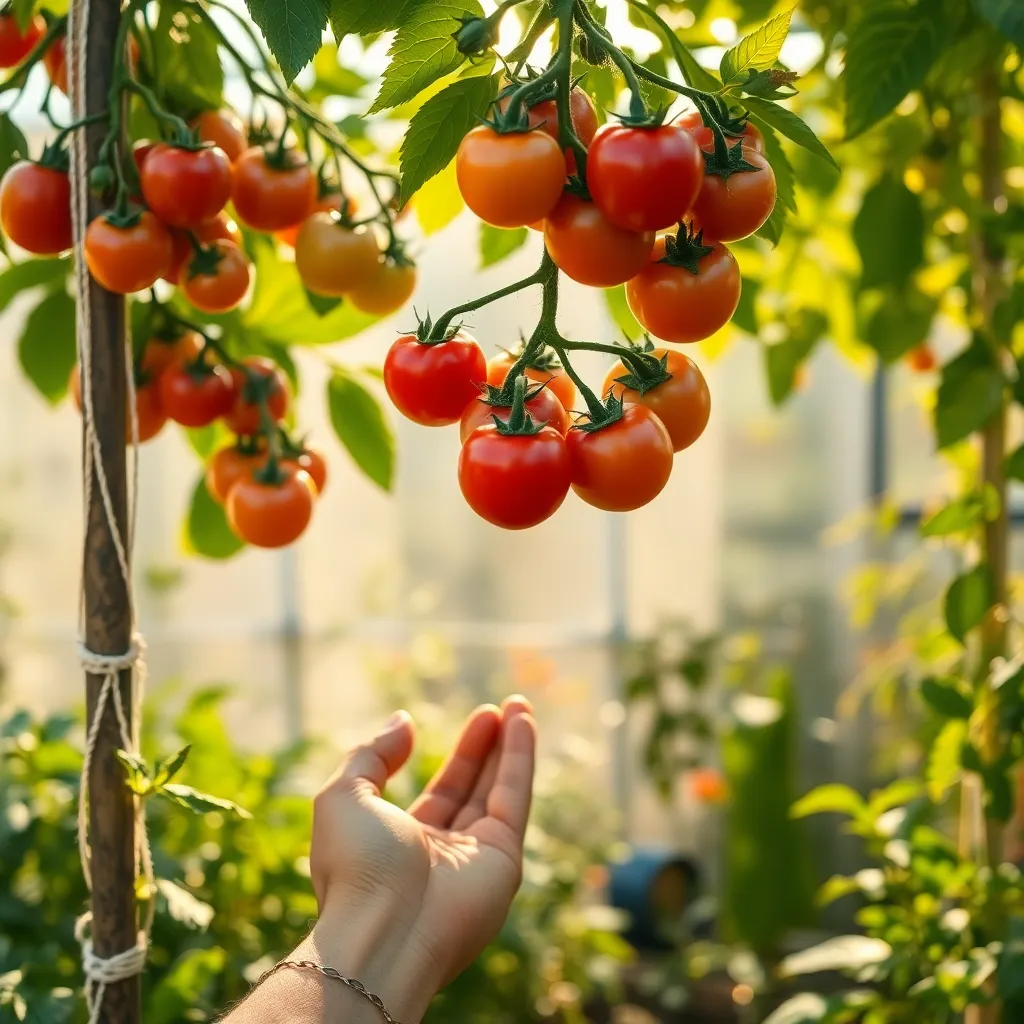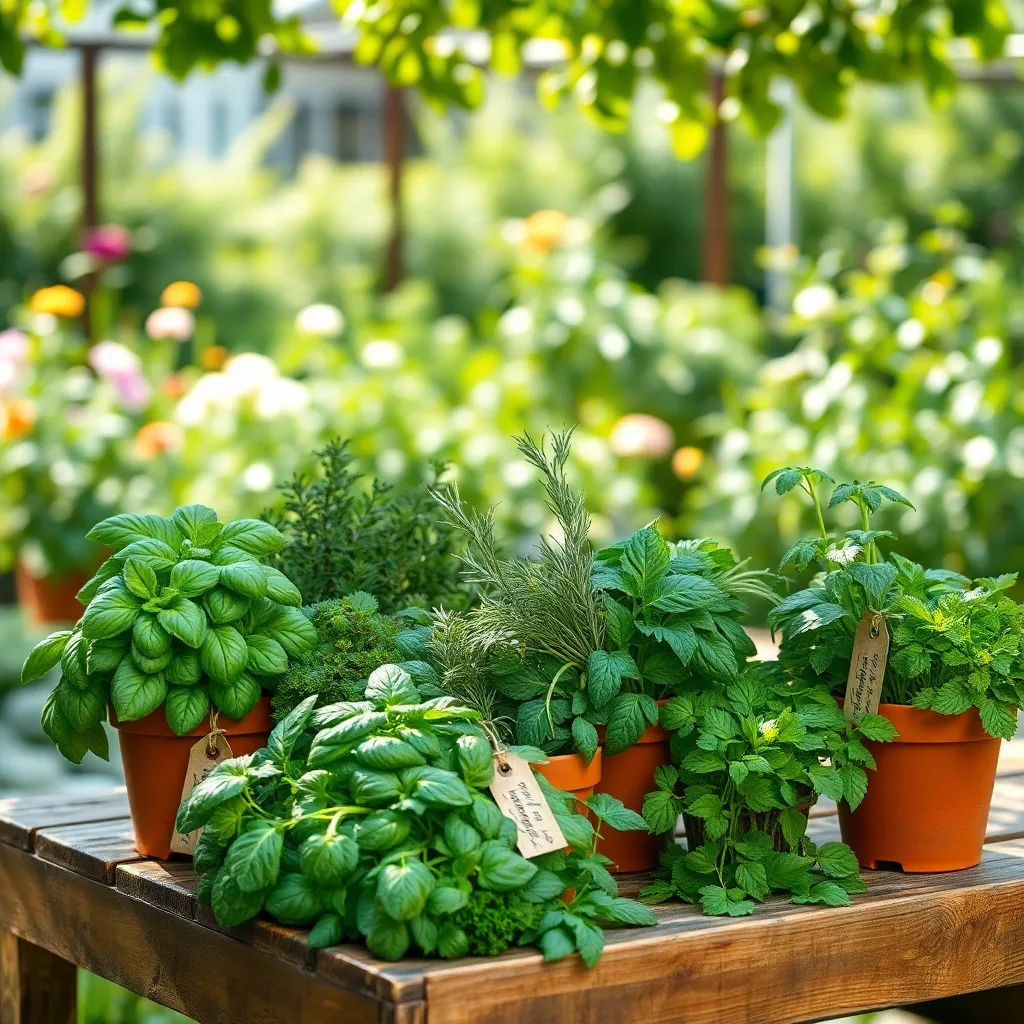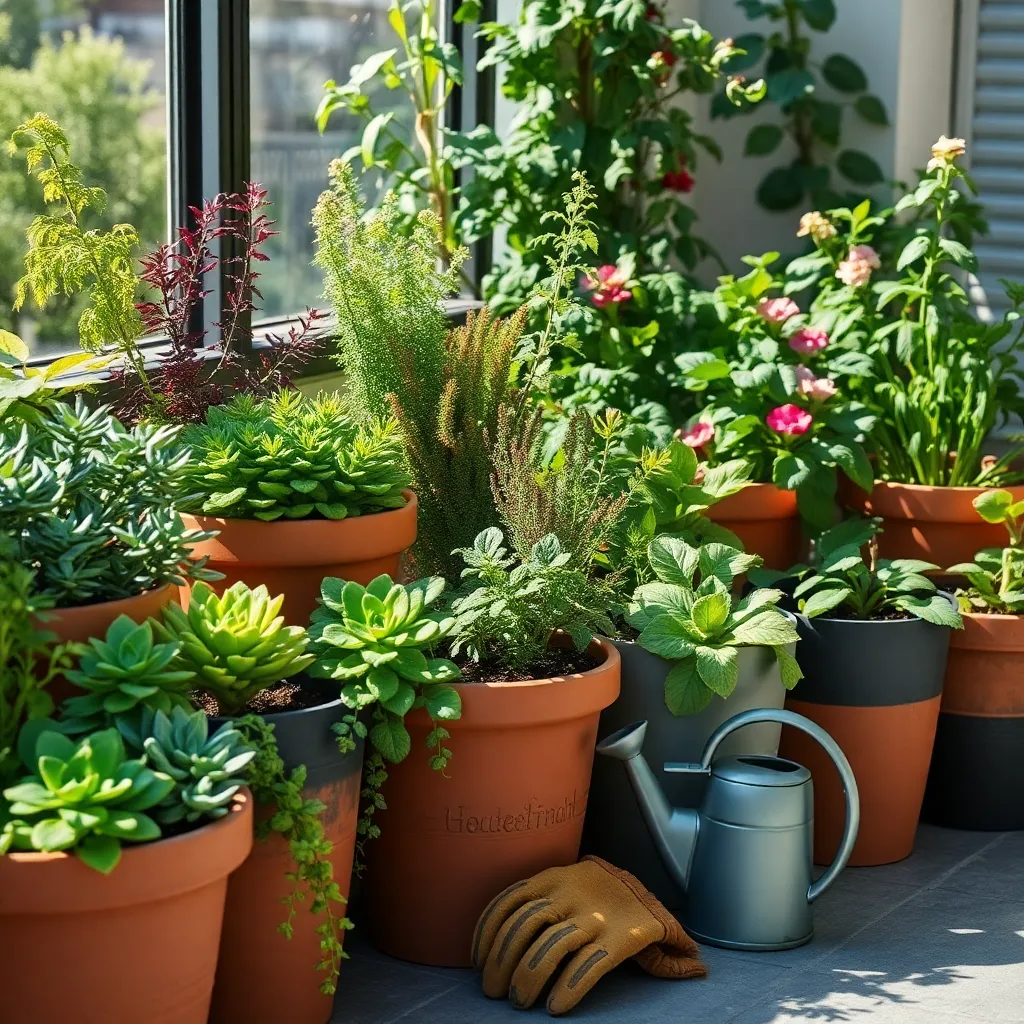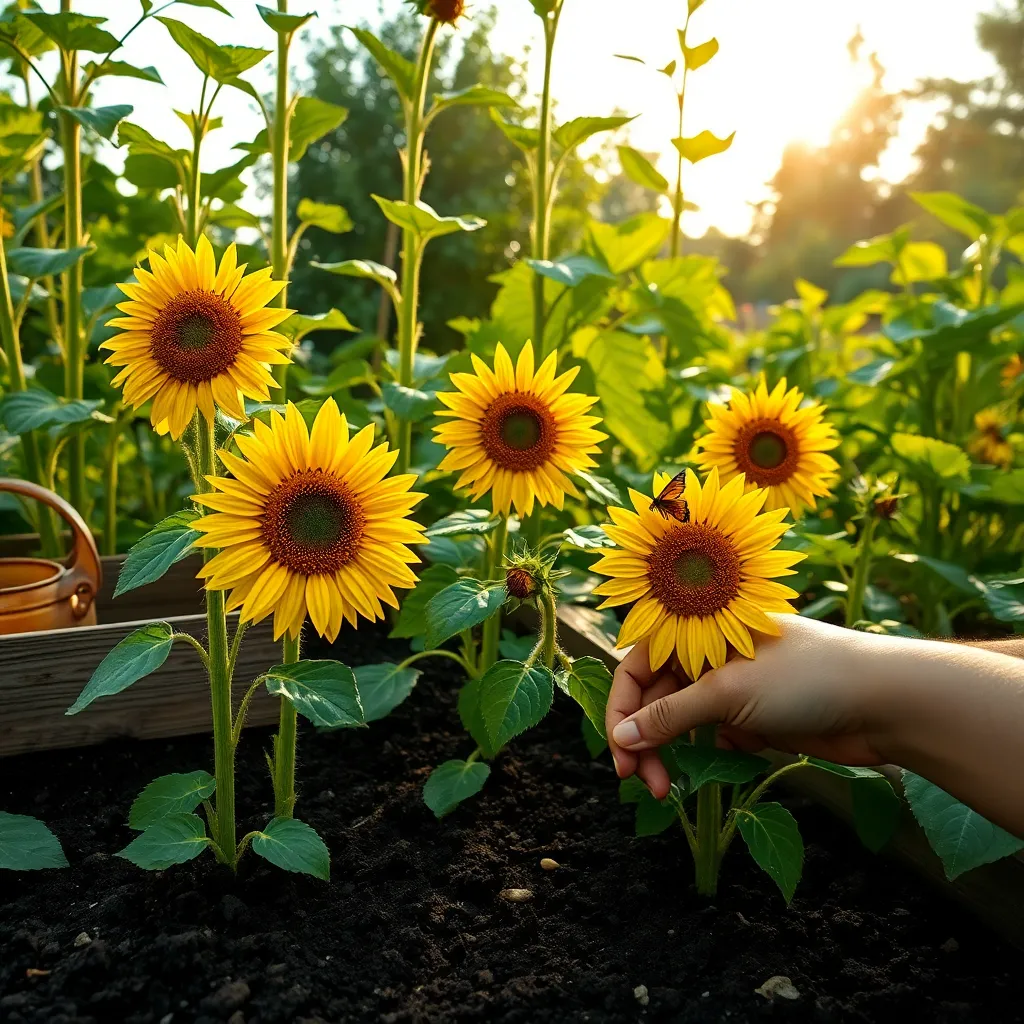Embarking on the journey of starting your first garden is both an exciting and rewarding experience, filled with the promise of growth, beauty, and even a bit of adventure. Whether you’re planting the seeds of your very first garden or you’re a seasoned green thumb seeking a fresh perspective, selecting the right plants is crucial to cultivating a thriving oasis. In this article, we’ll guide you through a curated selection of perfect plants that promise not only to survive but to truly flourish, catering to both novices seeking simplicity and experts craving a touch of elegance.
Understanding the unique needs of your garden space and your personal gardening goals sets the foundation for success. We’ll explore a variety of plant options, from the resilient and easy-care choices ideal for beginners to the more sophisticated specimens that can add depth and character to any garden. By the end, you’ll feel empowered with the knowledge to make informed decisions that align with your gardening aspirations, ensuring your garden is both manageable and magnificent.
Our aim is to demystify the plant selection process, transforming it from a daunting task into a delightful adventure. You’ll discover practical tips on plant care and insight into how different plants can complement each other, making your garden not just a visual delight but also a harmonious ecosystem. Whether you’re nurturing your first seedlings or enhancing an established plot, this guide will serve as your trusted companion, fostering confidence and creativity in every planting choice you make.
Cherry Tomatoes (Beginner-Friendly, High Yield)

Cherry tomatoes are a fantastic choice for beginner gardeners due to their ease of growth and high yield. They thrive in both containers and garden beds, making them versatile for various gardening setups.
When planting cherry tomatoes, ensure they receive at least six to eight hours of sunlight daily to maximize fruit production. It’s important to use well-draining soil enriched with compost or aged manure to provide the necessary nutrients for growth.
Watering consistently is crucial, with a focus on keeping the soil evenly moist but not waterlogged. A mulch layer around the base of the plants can help retain moisture and reduce the frequency of watering, particularly in hot weather.
For those ready to explore advanced techniques, consider pruning the plants to improve air circulation and prevent disease. Supporting the plants with cages or stakes is recommended to keep them upright and make harvesting easier.
Herb Starter Kit (Essential Culinary Selection)

Starting an herb garden is a fantastic way to add fresh flavors to your meals while enhancing your gardening skills. An ideal herb starter kit should include easy-to-grow plants like basil, parsley, and thyme, which are staples in many cuisines.
Basil thrives in warm, sunny locations and requires well-draining soil to flourish. To ensure healthy growth, water basil deeply but infrequently, allowing the top inch of soil to dry out between watering sessions.
Parsley can be grown in both sunny and partially shaded areas, making it versatile for different garden setups. To keep parsley lush and productive, trim the outer leaves regularly, which encourages new growth and prevents it from becoming leggy.
Thyme is a hardy herb that prefers full sun and slightly sandy soil, making it drought-tolerant once established. For best results, plant thyme in a spot where it will receive consistent sunlight, and prune it back in early spring to promote bushier growth.
- Soil Preparation: Use a well-draining potting mix or amend your garden soil with sand or perlite to improve drainage.
- Watering Tips: Herbs generally prefer to be on the drier side, so avoid overwatering, which can lead to root rot.
- Harvesting Advice: Regularly pinch off the tops of herbs like basil to prevent them from flowering, which maintains their flavor and encourages further growth.
By incorporating these herbs into your garden, you’ll not only enjoy fresh ingredients at your fingertips but also gain valuable gardening experience. As you become more confident, consider expanding your herb collection with more exotic varieties to further enhance your culinary creations.
Self-Watering Planters (Low Maintenance Solution)

Self-watering planters are a fantastic solution for those seeking low-maintenance gardening. These planters use a reservoir system that allows plants to draw up water as needed, reducing the need for frequent watering.
When setting up a self-watering planter, start by adding a lightweight potting mix. Avoid heavy garden soil as it can clog the system and impede proper water absorption.
One of the key benefits of self-watering planters is their ability to maintain consistent soil moisture. This is especially useful for busy gardeners who might forget to water their plants regularly.
For optimal results, ensure the reservoir is kept topped up, especially during hot weather. Check the water level indicator frequently to avoid letting the reservoir run dry.
These planters are suitable for a variety of plants, including herbs, vegetables, and ornamental species. Beginners will appreciate the ease of use, while experienced gardeners can experiment with different plant combinations and soil amendments.
Sunflower Seeds (Fast-Growing, Pollinator Attractant)

Sunflowers are a fantastic choice for your first garden due to their fast-growing nature and ability to attract pollinators. These vibrant blooms not only brighten up any space but also support local ecosystems by inviting bees and butterflies.
To get started, plant sunflower seeds in well-draining soil, ideally in a spot that receives full sun for at least six hours a day. For best results, sow seeds directly outdoors after the last frost, spacing them about 6 inches apart to allow room for growth.
Regular watering is crucial for young sunflowers, so aim to keep the soil consistently moist but not waterlogged. As they mature, sunflowers become more drought-tolerant, but a thorough watering once a week will help them thrive.
For gardeners looking to add a touch of creativity, try planting different varieties of sunflowers to create a stunning display of color and height. Ensure you provide taller varieties with supportive stakes to prevent them from toppling over in strong winds.
Compost Bin (Nutrient-Rich Soil Booster)

A compost bin is an excellent addition to any first garden, turning kitchen scraps and garden waste into a powerful soil booster. Composting not only reduces waste but also enriches your soil with nutrients, promoting healthy plant growth.
To start composting, choose a location for your bin that gets partial sunlight and has good drainage. You can use a simple homemade bin or purchase a ready-made one; both options are effective as long as they allow for airflow.
Begin by adding a mix of green materials like vegetable scraps and grass clippings, and brown materials such as dried leaves and paper. Aim for a ratio of about three parts brown to one part green to maintain a balanced compost.
Turn your compost pile every few weeks to speed up the decomposition process and ensure even breakdown. Regularly check the moisture level; it should feel like a damp sponge, so add water if it’s too dry or dry materials if it’s too wet.
Conclusion: Growing Success with These Plants
As you embark on the journey of nurturing your first garden, remember these five key relationship concepts: understanding the unique needs of each plant, practicing patience and consistency, adapting to changing conditions, celebrating small victories, and fostering a deep connection with nature. These principles not only apply to gardening but also to cultivating meaningful relationships in your life.
To put this knowledge into action, start by choosing one plant from the list that resonates with you and dedicate the next month to learning and caring for it. Observe how your attention and effort bring it to life, and let this process inspire you in nurturing your personal relationships.
Bookmark this article as your go-to guide for both gardening and relationship insights. Let it serve as a reminder that every relationship, much like a garden, flourishes with dedication and care.
Looking ahead, envision your relationships thriving with the same vibrancy as your garden. By investing time and love, you can create a nurturing environment where both plants and personal connections bloom. Remember, every small step you take today plants the seeds for a more fulfilling tomorrow. Save this article to revisit these valuable concepts whenever you need a boost in your journey toward relationship success.

